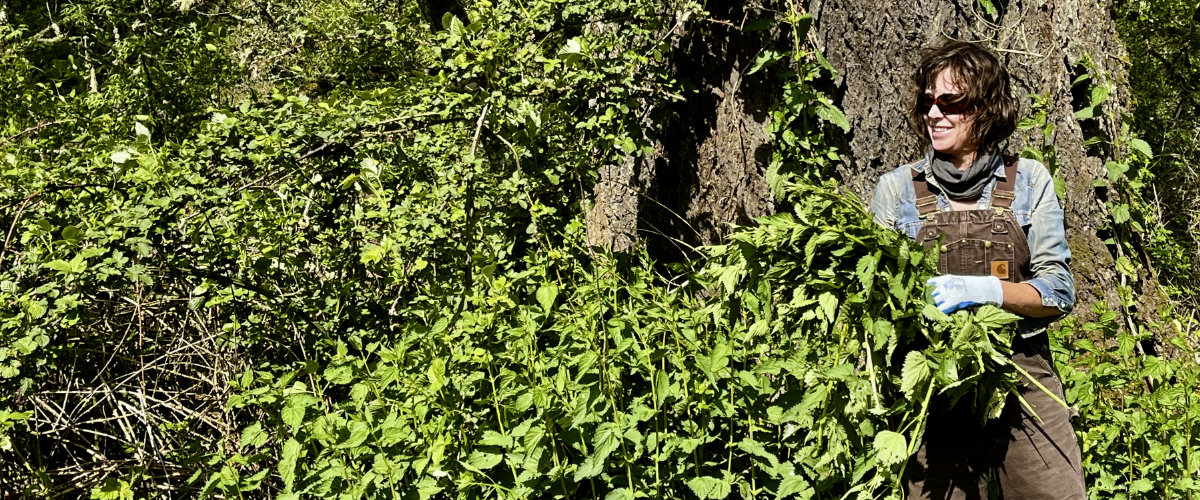
Stewardship
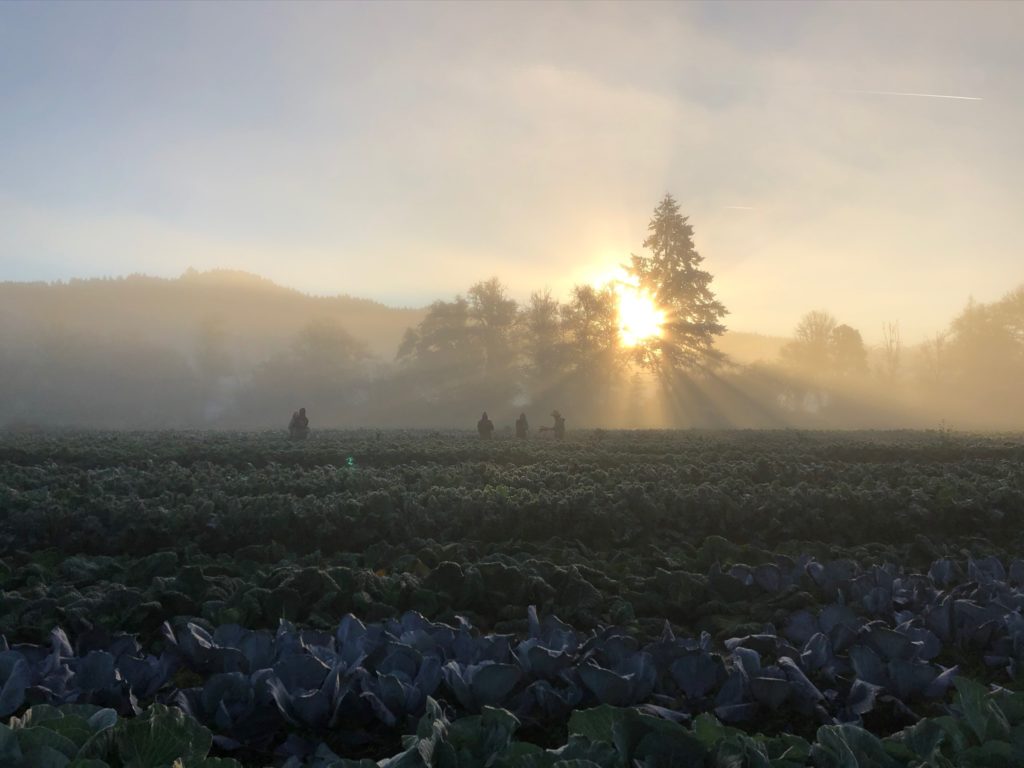
We view our farm as a living organism. Taking care of our soils, riparian areas, wetlands, and wildlife, and growing a wide diversity of crops, helps us to raise nutritious food for people, while also caring for the land.
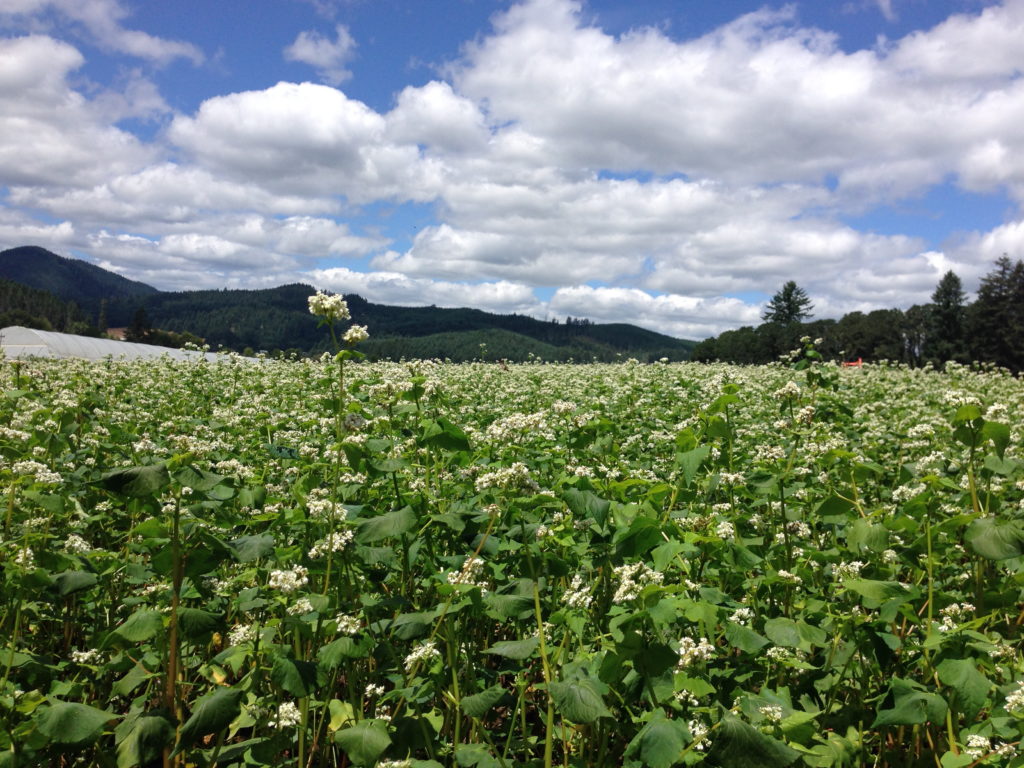
Of an ideal biodynamic farm, Rudolf Steiner said, “a farm comes closest to its own essence when it can be conceived of as a kind of independent individuality, a self-contained entity… A healthy farm would be one that could produce everything it needs from within itself.” Thinking about the farm as an organism in its own right leads to holistic farm management practices. These include enhancing the health and wellbeing of crops, protecting and planting native trees and plants, housing birds and pollinators, and restoring wetlands.
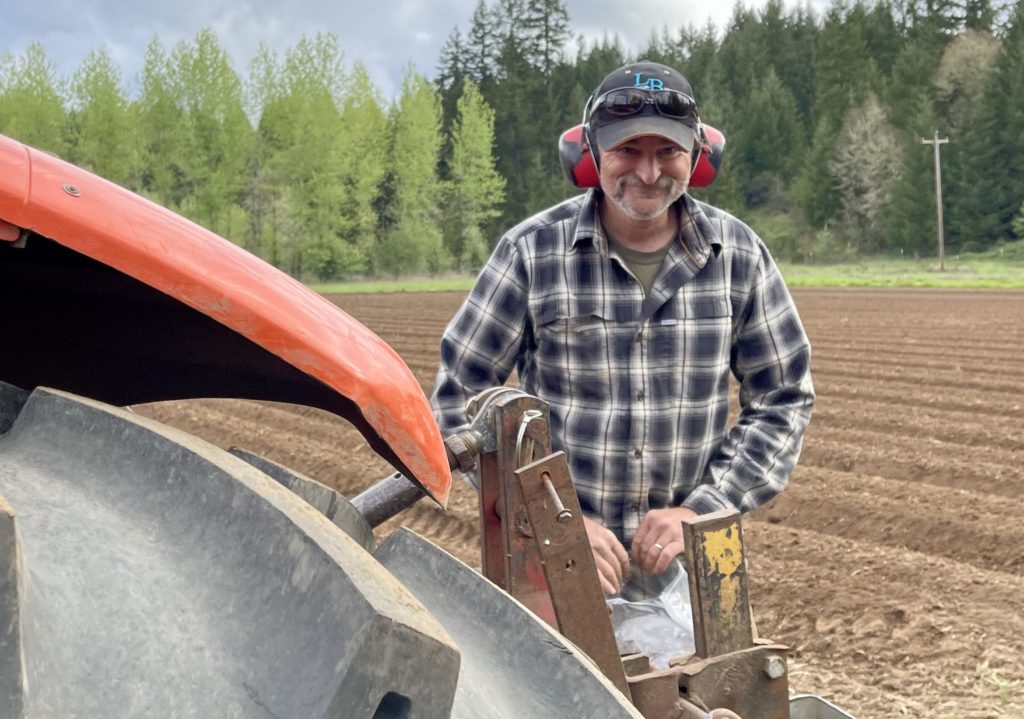
We strive to create a complete fertility exchange cycle within our farm organism, making 400-600 yards of our own compost a year. Compost is spread throughout the farm to feed and balance the soil with organic matter and microorganisms (every gram of compost contains more than 1 billion microorganisms). Rather than force-feeding our crops with nitrogen fertilizer, our compost produces a humus-rich substance that allows the vegetables to draw upon nutrients as they need it, fostering a harmonious exchange between our living soil and the food we grow.
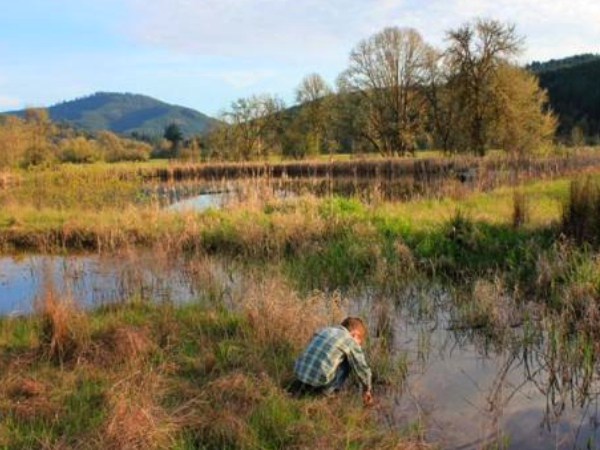
Two new ponds were created at Winter Green Farm in 2008 to provide wetlands breeding sites for native amphibians in partnership with the Long Tom Watershed Council. New ponds were needed, in part, because bass in the original pond were eating red-legged frogs (a “Sensitive-Vulnerable” species in the Willamette Valley) and Western pond turtles (designated “Sensitive-Critical” by ODFW). Five years after the pond construction, the population of Red-legged frogs has increased and two adult Western pond turtles were observed during a site visit in the original farm pond.
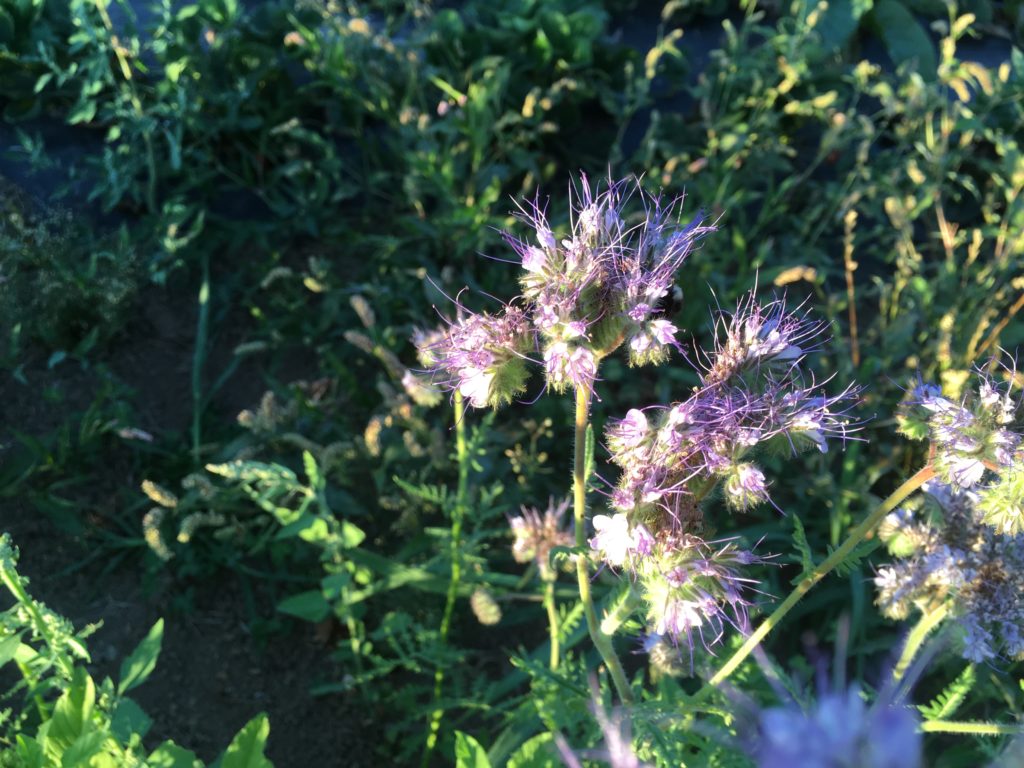
One of our neighbors houses their bee hives at The farm. We are helped and honored by the presence of these honey bees here.
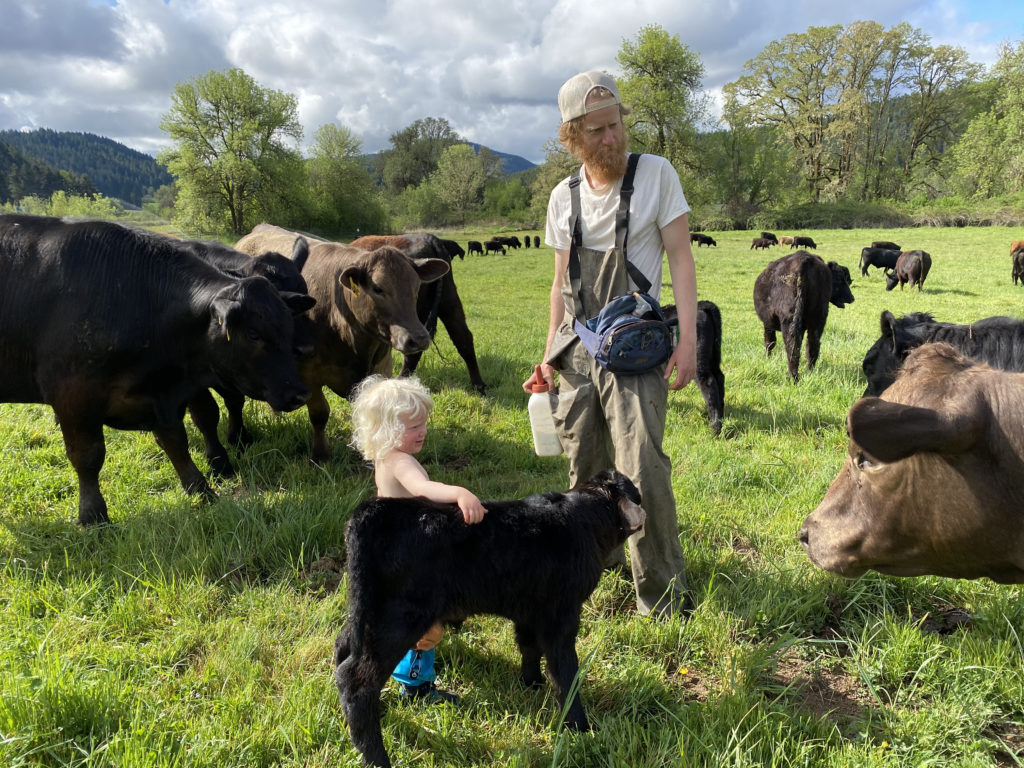
Most organic farms rely on some form of animal manure for a significant amount of their fertility needs, but most of them use manure from large operations where it is hard to know exactly how the animals have been treated, fed or medicated. It is costly to have animals and requires a lot of acreage, but without animals on a farm, most farms must import significant amounts of fertility. The more fertility a farm must import, the less sustainable it is. We have chosen to take full responsibility for the animals we depend on as a farm to produce soil health and food that is, life-giving, and nutritionally complete.
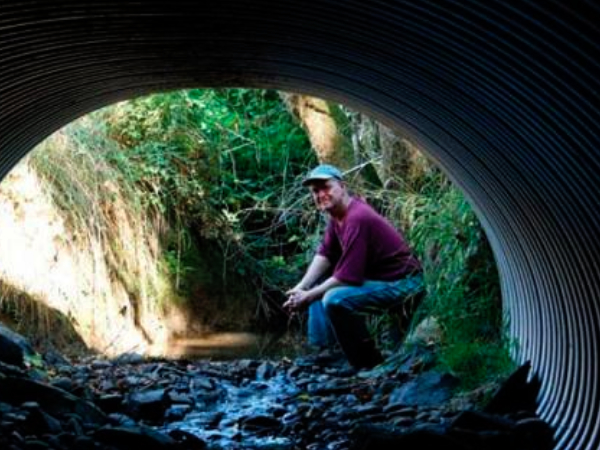
Winter Green Farm is certified by Salmon-Safe, an organization that protects endangered wild salmon and steelhead habitat. We have rebuilt two culverts on the farm so that fish can swim through and installed fencing along Evans and Poodle Creek to keep livestock away from the waterways.
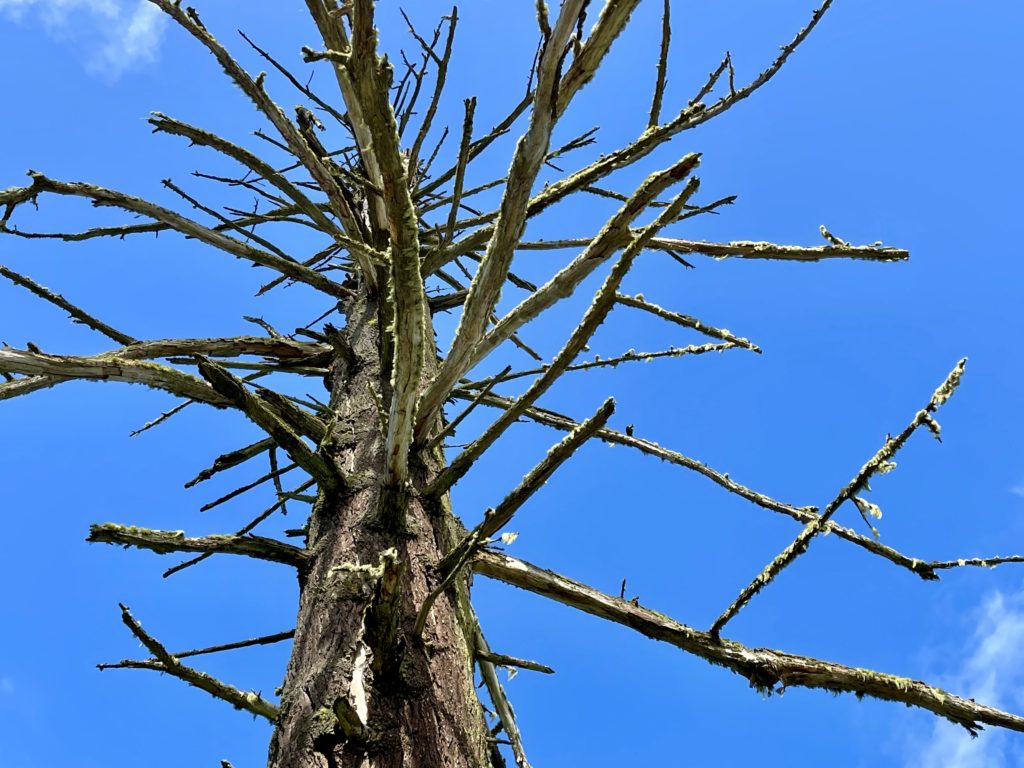
We do not cultivate all our acreage, but instead actively seek to provide habitat for a diverse array of wildlife, such as bugs, frogs, turtles, birds and fish, while also taking measures to protect the natural treasures of this land, such as our Poodle Creek watershed.
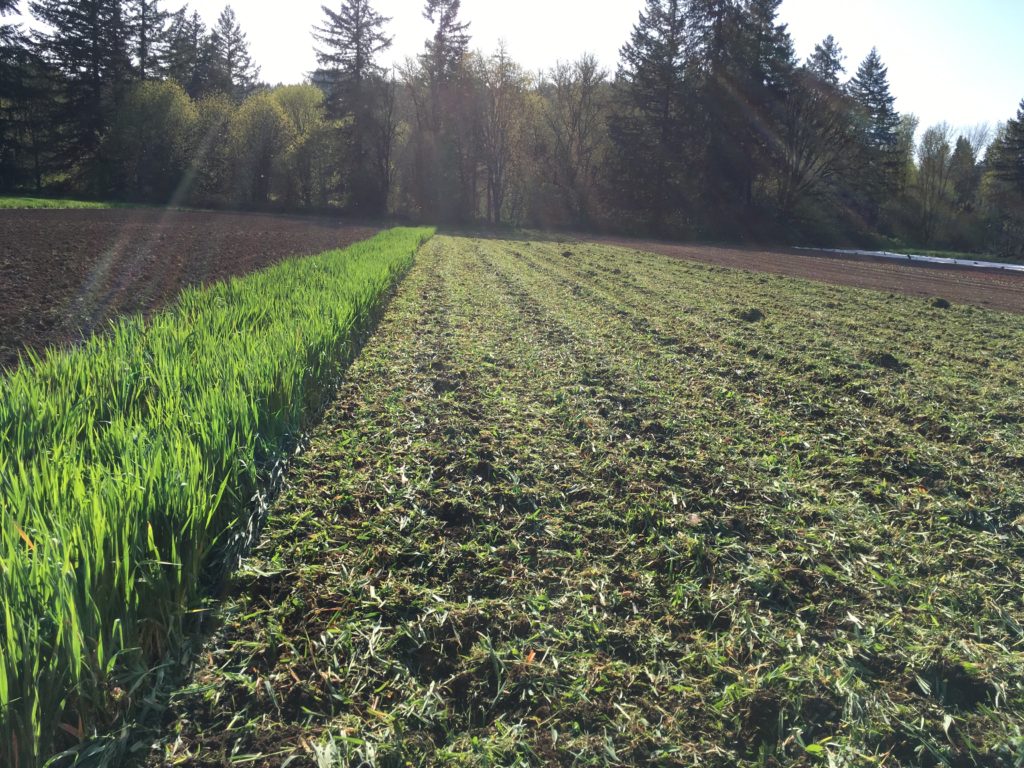
Compost is the center of our fertility plan. Other facets of our fertility program include crop rotation, pasturage of our grazing stock, and cover cropping. We rest our crop land for three out of every six years, allowing it to return to pasture. Livestock taste and fertilize every part of the 110 acres that we cultivate in the course of our crop rotation. In all of these methods, our aim is to give back to the earth as a whole.
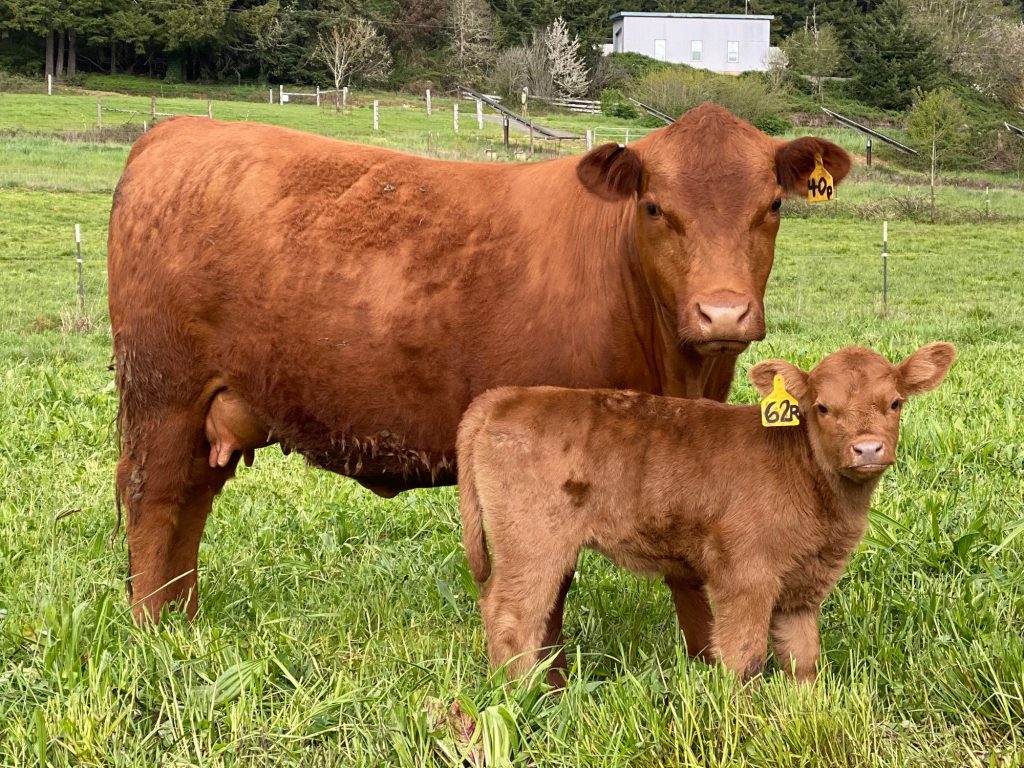
At Winter Green Farm we move livestock every few days to mimic the actions of wild migratory grazers, a practice called management-intensive grazing. This helps keep our livestock healthier and benefits the soil, grass, and crops.
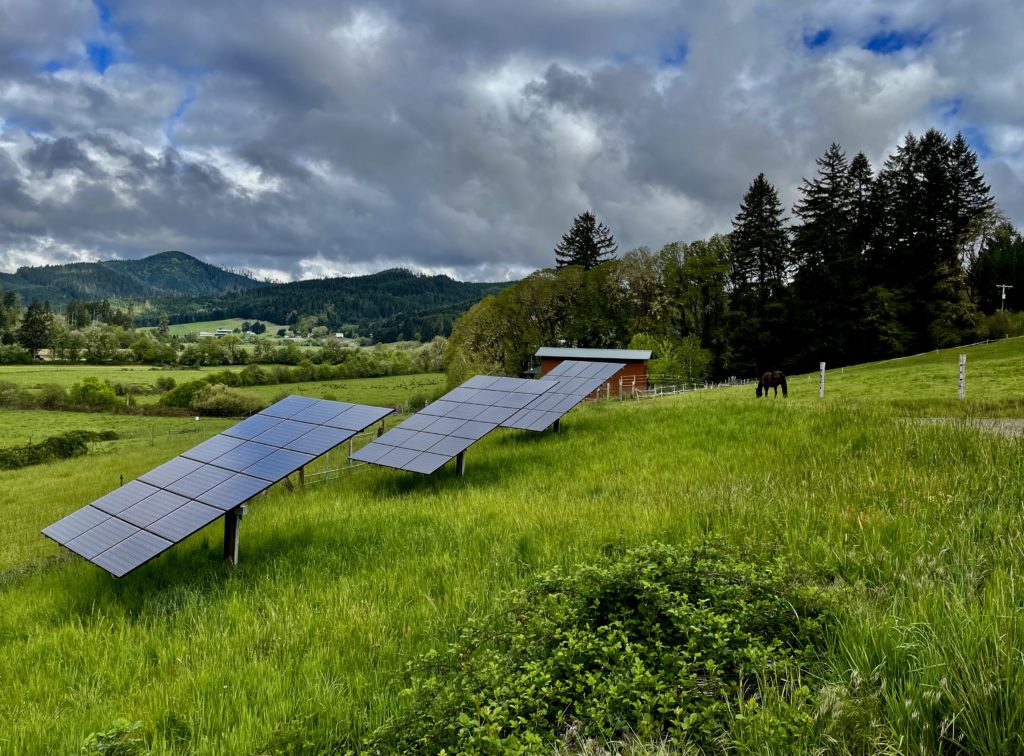
As part of our overall farm sustainability plan, we installed solar energy panels to offset our use of electricity by producing 20,000+ megawatts/year.
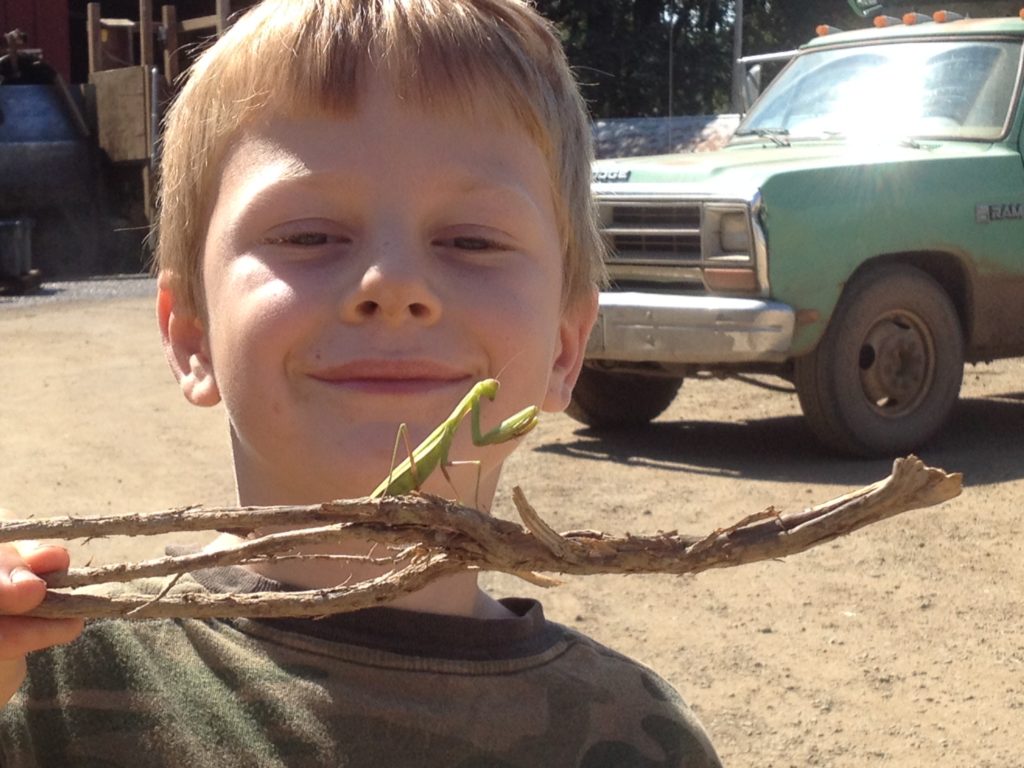
Native plants and cultivated plants, are allowed to linger and flower in the fields, to attract beneficial insects. Beneficial insects, like the ladybug, help control pest populations, while others help pollinate our crops. Due to deep losses in the honey bee population, the role native pollinators play–and the habitat that sustains them–has assumed an even greater importance.
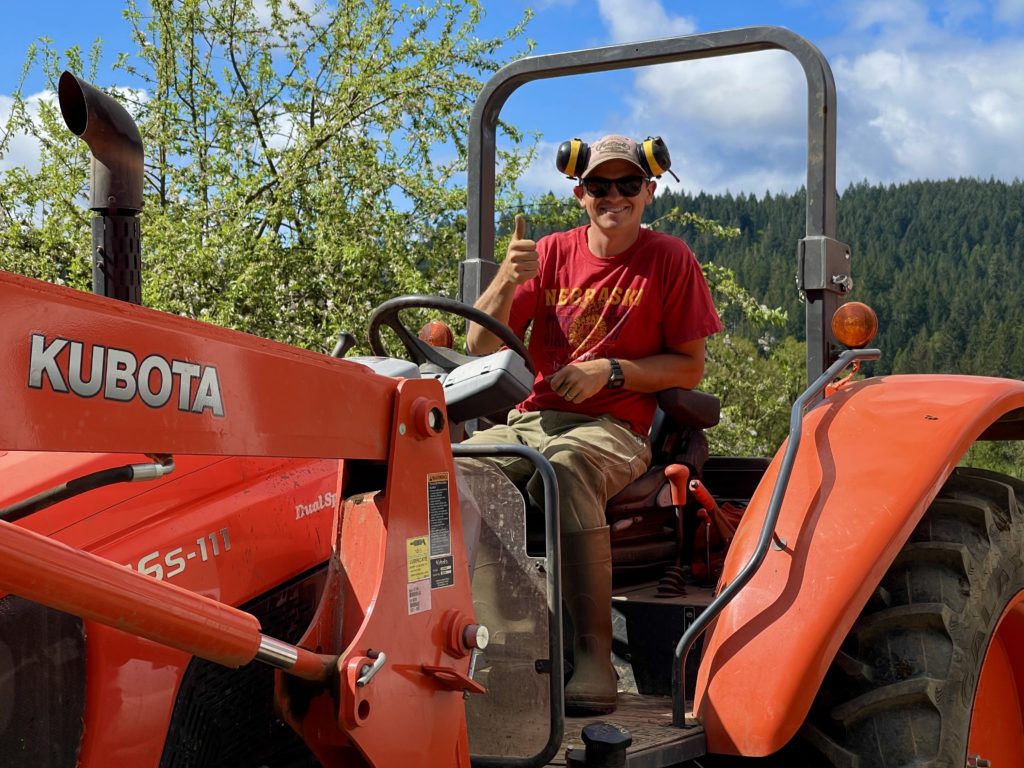
As Wendell Berry once wrote, “Eating is an agricultural act.” One of the greatest hopes for reversing the destruction of our natural environment lies in farming practices that strengthen, instead of weaken, the web of life. For over forty years, we have shown that it is possible to grow incredible food while caring for the land that sustains us.
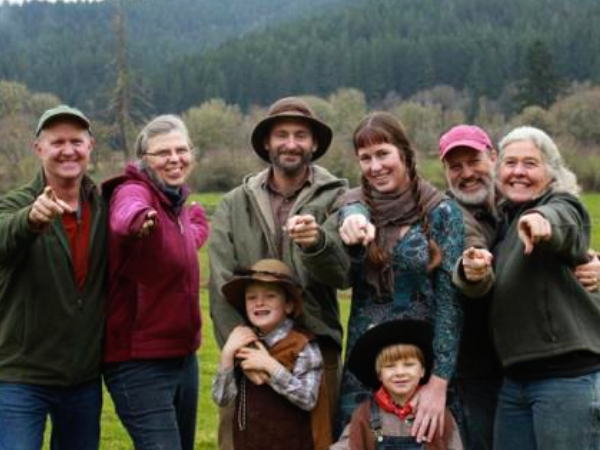
We thank you for your support, which makes our stewardship of these 171 acres in Noti, Oregon, possible.